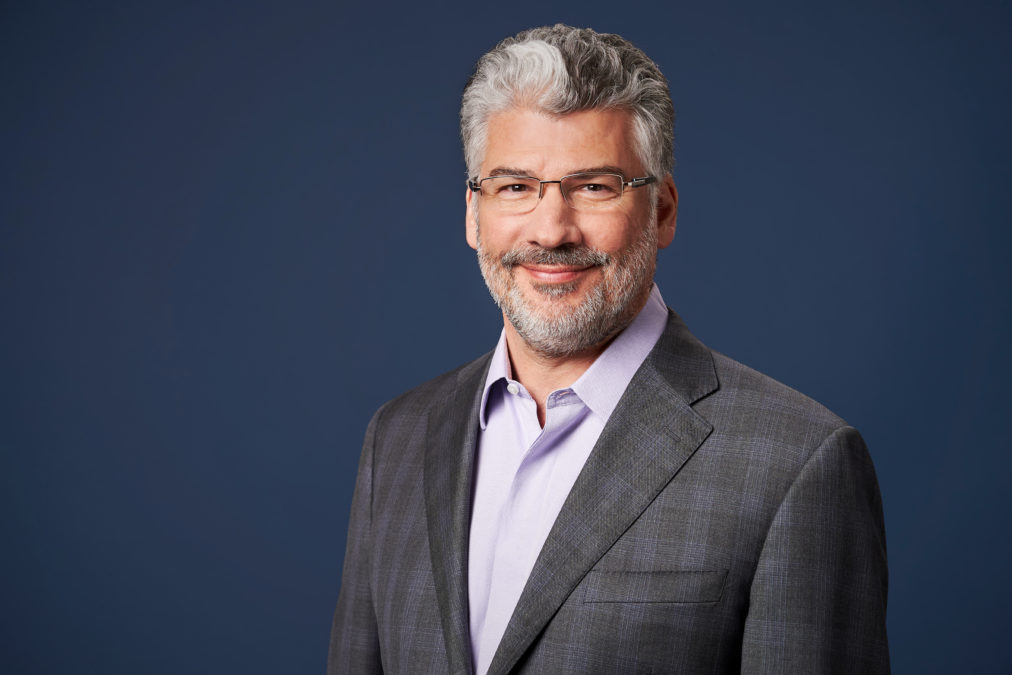In Information Age’s pursuit of understanding what drives a CTO, their pain points and what it takes for them to succeed, we spoke to Dave Labuda – founder, CEO and CTO – of MATRIXX Software, who embodies what it means to be a chief technology officer: he is a technologist at heart.
Labuda is a veteran innovator in the telecom industry, holding 17+ patents; and the company he and Jennifer Kyriakakis founded – Entrepreneur of the Year at the Women in IT Awards USA – is the result of 20 years creating forward-thinking, market-disrupting applications.
The role of the CTO surrounds building innovative solutions that address the complex problems businesses need solved if they are to stay at the forefront of digital transformation.
>Read more on CTOs on our Doorstep: Maintel CTO on using the customer to inform his strategy
Labuda’s role allows him to continuously innovate and be on the edge of what is possible, and he enjoys being in the trenches with his diverse team.
While MATRIXX is headquartered in Silicon Valley, part of it’s software development team runs out of its London office. A large part of the R&D is done from the Silicon Valley headquarters as well.
‘A technologist at heart’
“Fundamentally, I am a technologist at heart,” said Labuda.
“I would describe myself as both an outbound and inbound CTO, and there’s a lot of people that are one or the other.”
Fulfilling his function as a typical CTO, Labuda spends quite a bit of time travelling and talking to customers about the future of technology, and what they build and how it works.
>Read more on CTOs on our Doorstep: Mendix CTO on the importance of agile teams
He also spends time working with the architects in the engineering organisation, on high-level design brainstorming around enhancements and additions to the software.
“I don’t do any of the coding, or anything like that,” said Labuda. “I’m at the whiteboard level, but I do like to stay very involved in just making sure that we are always focusing on having the best technology in the industry.”
He is a CTO who is responsible for the technologies that grow the business externally.
A conflict in roles?
As both CTO and CEO, Information Age was curious to find out if there was a conflict between the roles and responsibilities.
“What I’ve done is built out my executive team to compensate for the dual role,” explained Labuda. “For instance, I have a chief of operations, a kind of chief of staff, on my team that handles a lot of the day-to-day process and corporate management.”
>Read more on CTOs on our Doorstep: Croud CTO on turning AI hype to reality
“I’ve got very strong people in all the different departments, and they don’t require me to manage them. We’re more doing strategic discussions and corporate direction, and of course, all of the big hard decisions we talk about in the team. But I don’t really have to get into too much of the details on the CEO side.”
‘Undo the natural biases’
How can a CTO succeed in their role? The most important thing, according to Labuda, is to “undo the natural biases”.
“We took that approach at MATRIXX, where we decided in the first six months of putting the company together that we had to design our own database. We had to erase all of the whiteboards in our minds and really think outside the box. That is something I would say is crucial to every design that we go into – make sure that you don’t have any accidental biases towards what is the right answer.”
‘Running the businesses of our customers’
CTOs experience different pain points, depending on their business, their industry and the requirements of their role.
For Labuda, a natural tension – rather than a pain point – in his role stems from “running the businesses of our customers”. Basically, all MATRIXX’s customer revenue runs through their platform, so there has to be a lot of time and resource dedicated to it.
“And of course, building mission-critical software that never breaks takes time. There’s always a very natural balance between wanting to please the customer with everything they want versus what can practically be done,” said Labuda.
>Read more on CTOs on our Doorstep: Tug CTO concerned by ‘big players stifling
Another CTO tension, or something to be wary of, is not to jump on the technology bandwagon. Very often, customers and business leaders will be enticed by the prospect of a ‘new, shiny’ technology or trend. Even if everyone else is running to it, it is important for the CTO to look at the technology and ask whether or not it helps with the particular problem they are trying to solve for their business and/or customers.
Public clouds and mission-critical software
CTOs are likely to have different technology predictions depending on the industry they are apart of. One of the most common we have heard on CTOs on our Doorstep, however, is the prediction that machine learning will start having a real impact across a variety of industries.
Labuda, however, predicts that the emergence of public clouds that are capable of running mission-critical software, will have a real impact on the telecommunication industry. “We’re very early in that trend, but I think that it represents a massive change to the industry.”
The ability to run mission-critical software in the public cloud allows for more flexibility and ease, with which companies can make adjustments at scale in a cost efficient manner.
This article will be followed by a piece on the digital transformation of the telecommunication industry, and MATRIXX Software’s role within that










